Tropical Systems And Minnesota
With
Harvey in the mind of some, there is always the question of whether a
tropical system has hit Minnesota. Well, the answer is no... but they
can affect our weather and bring us moisture.
More from the Minnesota Climatological Society: "
Landfalling
tropical weather systems move tremendous amounts of moisture inland.
This moisture takes the form of not only the heavy rainfall we associate
with hurricanes and tropical storms, but also of exceptionally rich and
deep humidity. The weak winds aloft found in the southern US during
summer often keep that moisture concentrated over roughly the same
region for days on end. The most common effect we see in the Upper
Midwest, is that a passing weather system will draw in some of that
remnant moisture and increase our cloudiness or precipitation modestly.
When conditions are right, however, the remnant tropical moisture can
interact with existing ingredients for rain and thunderstorms to create,
intensify, and sustain a band of sometimes incomprehensibly-heavy
precipitation." (Image: 48-hour rainfall totals ending 6 PM August
20, 2007, in association with the remnant moisture and airflows from
Tropical Storm Erin (path of center shown in lower left of image).
Modified from Rowe and Villarini (2013).)
_______________________________________________
Harvey On Radar And Satellite Just Before Landfall
These satellite and radar loops end at approximately 5:30 PM Friday, right as Harvey was approaching land.
Already Beach Flooding Early Friday In Texas From Harvey
This was the view earlier Friday from the
South Padre Beach camera, showing water flowing up on to the beach ahead of Harvey.
Harvey was also causing beach flooding and some storm surge already in the Corpus Christi area as well, as viewed on their
Whitecap Beach webcam. More on Harvey below.
_______________________________________________
Harvey Will Be A Long-Duration Weather Disaster
By Paul DouglasSize
matters, so does speed. It's easy to fixate on wind speed and storm
surge, but 9 out of 10 deaths in a tropical storm or hurricane are the
result of inland flooding.
Hurricane Harvey will stall over
coastal Texas for the better part of a week. After surging inland toward
San Antonio a few models suggest a U-turn, bringing the core of the
storm over warm Gulf of Mexico water next week, meaning a steady
fire-hose of moisture. Some 20-45 inch rainfall amounts are possible by
next weekend.
Meteorologists are prone to hype, but NOAA
government forecasters are tossing around words like "unprecedented",
"life-threatening" and "uninhabitable".
Austin may see serious
flooding, but Houston is uniquely vulnerable; they paved over a swamp. I
foresee an extended, slow-motion weather disaster.
It puts today's showers & T-storm into perspective. 1-2 inches of rain may fall today, but
Sunday looks drier with enough sun for 70s - maybe a pop-up PM shower. 80s return the latter half of next week.
Don't pack away shorts and flip-flops just yet. Plenty of summer left in September!
_______________________________________________
Extended Twin Cities Forecast
SATURDAY: Showers, heavy T-storms. High 69. Low 60. Chance of rain 90%. Wind SE 10-15 mph.
SUNDAY: Some sun, pop-up PM shower. High 73. Low 59. Chance of rain 40%. Wind NW 8-13 mph.
MONDAY: Mix of clouds and sun, comfortable. High 72. Low 57. Chance of rain 20%. Wind N 5-10 mph.
TUESDAY: Plenty of mild sun, light winds. High 77. Low 60. Chance of rain 10%. Wind SW 3-8 mph.
WEDNESDAY: Warm sun, few complaints. High 81. Low 62. Chance of rain 20%. Wind S 5-10 mph.
THURSDAY: Some sticky sun, isolated T-shower. High 80. Low 64. Chance of rain 30%. Wind SE 5-10 mph.
FRIDAY: Warm sun, noticeable humidity. High 84. Low 66. Chance of rain 20%. Wind S 10-15 mph.
_______________________________________________
This Day in Weather HistoryAugust 26th
1915: Unseasonably cold air leads to killing frosts across Minnesota, with a low of 23 degrees at Roseau.
_______________________________________________
Average Temperatures & Precipitation for Minneapolis
August 26th
Average High: 79F (Record: 97F set in 2013)
Average Low: 60F (Record: 44F set in 1968)
Average Precipitation: 0.12" (Record: 2.04" set in 2005)
________________________________________________
Sunrise/Sunset Times for Minneapolis
August 26th
Sunrise: 6:28 AM
Sunset: 8:00 PM
*Length Of Day: 13 hours, 31 minutes and 58 seconds
*Daylight Lost Since Yesterday: ~2 minute and 57 seconds
*Next Sunrise At/After 6:30 AM: August 28th (6:30 AM)
*Next Sunset At/Before 8 PM: August 26th (8:00 PM)
_______________________________________________
Minnesota Weather Outlook
Unfortunately
for those heading out to the state fair Saturday, it does look like it
will be a wet and cool day across the region. Highs will attempt to make
it to 70 here in the Twin Cities, but we will certainly not make it out
of the 60s across parts of central and northern Minnesota with rain
expected. It definitely won't feel like late August!
Highs will be a good 5-15 degrees below average for this time of year across the state with the clouds and rain around.
There
could even be a little bit of a chill with the wind, especially across
southern Minnesota where gusts could be in the 20 mph range.
While
we do see a warm up toward the middle and end of next week, highs look
like they will remain below 90 as we head through the end of August into
the beginning of September. These warmer highs could depend on what
Harvey does as we head into next week.
With
heavy rain moving in Saturday, rainfall amounts through the weekend
could top 1", especially across southern Minnesota. We could even see
rainfall rates of 1-2" per hour during some of the heaviest rain. The
good news is that the weather for Sunday looks better, with just a
slight (20%) chance of rain.
After we get through the rain this weekend, the next chance of rain doesn't move into the Twin Cities until late next week.
_______________________________________________
Latest On Harvey
Harvey
will bring very heavy rainfall to the Texas coast as the system makes
landfall and essentially stalls out as we head through the weekend
before slowly moving east. By Monday morning, Houston could see over 11"
of rain, but areas closer to Corpus Christi could see the potential of
15"+.
With
the heavy rain expected from Harvey, flash flooding is highly likely -
and in some areas it could be catastrophic. The Weather Prediction
Center has a HIGH potential of excessive rainfall leading to flooding in
and around the Corpus Christi area Saturday.
The
heavy rain and flood threat continues along the central/northern Texas
coast into Sunday, with a MODERATE potential of excessive rainfall
leading to flooding. Note that three days out (this forecast was issued
Friday) the Weather Prediction Center does not issue a high risk.
Since
the system is going to be very slow to move east or northeast into next
week, rain will continue across parts of Texas into the middle of next
week. That means some areas could pick up over two (maybe even three)
feet of rain in the next week. Heavy rain will continue to spread into
parts of Louisiana into next week, with rainfall amounts of 7-15"+
possible through the middle of next week.
As
Harvey makes landfall on the Texas coast late Friday Night, winds will
quickly increase, with wind gusts potentially over 130 mph in the Port
Aransas area.
Those
winds will also increase in Rockport, TX, with wind gusts over 110 mph
during the overnight hour Friday into early Saturday morning.
The "Euro Special"
(Note: the path shown here was from the 10 AM CT Friday NHC update)
That's
the term that Eric Berger at Space City Weather has coined about the
potential of Harvey making landfall, then eventually reemerging into the
Gulf of Mexico. What impact could Harvey have on Houston and Galveston
if that were to happen?
More from the Space City Weather blog: "
If
you’ve read this site carefully over the last 24 hours, you’ll recall
that I’ve been discussing a scenario I’m calling the “Euro special.”
(See, for example, here and here). Under this scenario, Harvey makes
landfall along the central Texas coast, dithers around for a day or two,
and then moves eastward, back over the Gulf of Mexico. During its
latest run the GFS model latched onto this scenario, bringing Harvey
back into the Gulf, before the system eventually moves north-northeast
toward Houston or Beaumont, getting drawn toward a trough of low
pressure in the Midwestern United States."
Flood Insurance And Harvey
Will
people be able to get help from the National Flood Insurance Program
after Harvey hits Texas? The program is about $24 billion in debt.
More from Mother Jones: "
Once
the storm has passed and residents begin to clean up, they will likely
use a federal program to make insurance claims. The National Flood
Insurance Program (NFIP), created in 1968 and administered by the
Federal Emergency Management Agency, is a federal program designed to
help people in flood-prone areas get insurance for their properties, at
heavily discounted rates. As Mother Jones reported in 2013: "Today, the
Property Casualty Insurers Association of America estimates that
homeowners covered by federal flood insurance pay just half of the
“true-risk cost” to insure their properties. In the highest-risk areas,
they pay just a third." A series of disasters has left the NFIP
struggling financially. Hurricane Katrina and Superstorm Sandy
devastated the flood insurance program’s budget and today, the program
is about $24 billion in debt. As climate change fuels an increase in
disasters, storms of the same caliber may become the norm." (Image: Melanie Burford/Zuma)
FiveThirtyEight: Listen To The Meteorologists
 (Image: AerisWeather)
(Image: AerisWeather)
Some good advice, I would say.
FiveThirtyEight goes into detail about what the expected storm surge (up to 12 feet in spots) could mean: "
A
2016 investigative series by The Texas Tribune, ProPublica and Reveal
detailed why a high storm surge and heavy rain may be particularly
devastating along Texas’s Gulf Coast. In recent years, intense, rare
flooding has frequently hit areas outside of officially designated
floodplains. The people who live in those areas aren’t required to have
flood insurance, which can leave them in dire financial circumstances
after the rains come. Even those who are covered buy their flood
insurance from a federal program that’s deeply in debt after decades of
charging rates that don’t reflect the true risk of flooding. Scientists
believe that climate change, which is causing more frequent and more
intense storms, has led to a growing risk of catastrophic flooding in
the area, a risk further intensified by an increase in urban
development, which has paved over prairie lands that were previously
able to absorb some of the water."
_______________________________________________
National Weather Outlook
Saturday's Forecast
Besides
tracking Harvey through Saturday, bringing heavy rain to parts of Texas
and Louisiana, we are tracking a few other stories as well. Saturday
will be a rainy day across the Northern Plains as a low pressure center
moves through, bringing showers and storms along with it. A frontal
boundary along with a tropical disturbance will help bring rain to parts
of Florida, meanwhile the rest of the east coast looks nice
weather-wise. Besides some monsoonal storms across the southwest (mainly
in mountainous regions) parts of the region will be getting ready for a
warm up for the second half of the weekend into next week.
Through
the weekend, parts of the Northern Plains could pick up over an inch of
rain as that system moves through the region. Unfortunately Saturday
does look quite wet across parts of the region - not something people
want to see as they enjoy one of the last weekends of the summer.
It'll
also be a wet weekend in the Southeast, where we see a front moving
through as well as an unorganized tropical system (which could become
better organized once it moves into the Atlantic). That could bring
1-3"+ of rain across the region through the weekend. A Flash Flood Watch
is in effect for parts of southern Florida.
Meanwhile,
heat is expected to expand into the weekend across the
Southwest. Numerous Excessive Heat Watches and Heat Advisories are in
effect from Sunday into early next week. Most of these areas will see
highs in the 100s.
These are expected highs Sunday across the southwest, with areas like Las Vegas and Phoenix reaching the upper 100s.
_______________________________________________
Close Call During A Storm
This is why we say to take cover in a storm. You never know where lightning is going to hit.
More from Gizmodo: "
The
intense flash of light and booming crack of thunder that follows a
lightning strike can be exhilarating, but it’s best to observe both
while safely inside your home. As Norway’s Daniel Modøl discovered while
filming a storm from his deck, those unpredictable lightning bolts can
strike anywhere, even 16-feet from where you’re standing."
Uranus The Next Diamond Farm?
Looking for a gift for your girlfriend or wife? Head to Uranus, which may be full of diamonds. I am being serious.
More from Popular Science: "
When
subjected to the pressures (and temperatures) of life on other planets,
even familiar substances can get pretty alien. Case in point: the
diamond rains of the ice giants. Scientists have long thought that
massive planets like Neptune and Uranus—which contain relatively tiny
rocky cores covered with a mantle of slurried water, ammonia, and
methane ices and surrounded by a thick atmosphere—are subject to
rain made of literal diamonds. Now researchers have synthesized the
process in a lab, showing how such conditions might occur." (Image: NASA)
Nine States To Lower Pollution From Power Plants
What the best part of this could be (in my opinion) is it is being done with bipartisan support.
More from InsideClimateNews: "
Nine
eastern states announced Wednesday that they have agreed on a proposal
to cut global-warming pollution from the region's power plants an
additional 30 percent between 2020 and 2030."
_______________________________________________
Thanks for checking in and have a great Saturday! Don't forget to follow me on Twitter (@dkayserwx) and like me on Facebook (Meteorologist D.J. Kayser)!
- D.J. Kayser
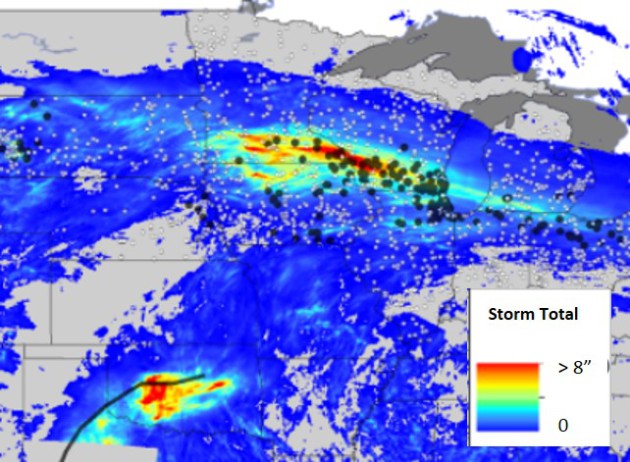

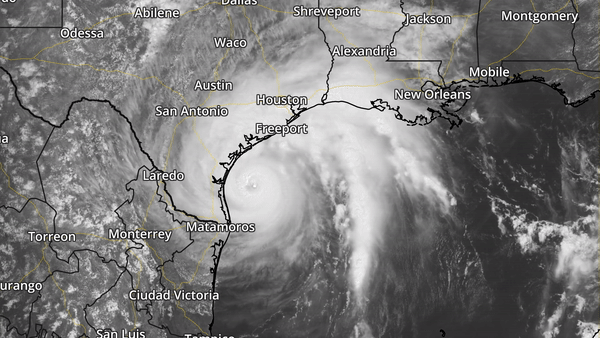
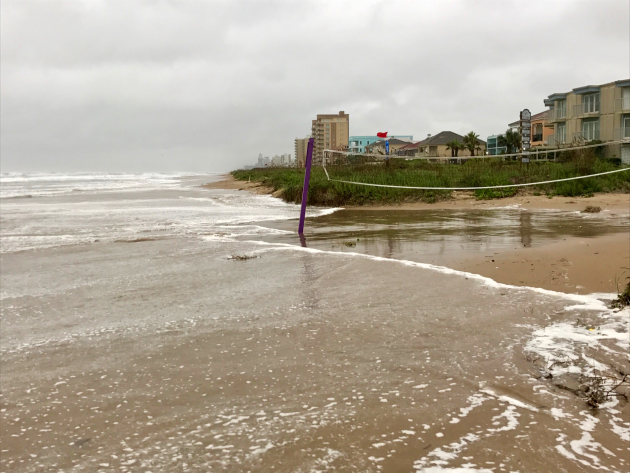
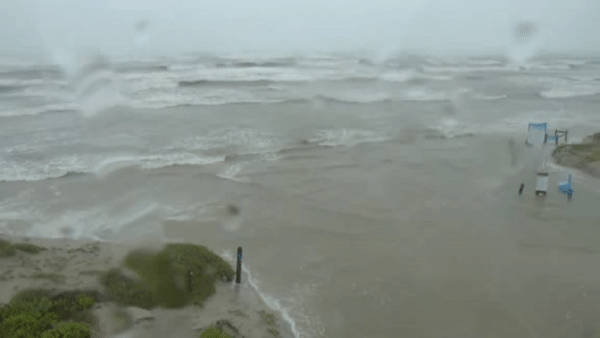



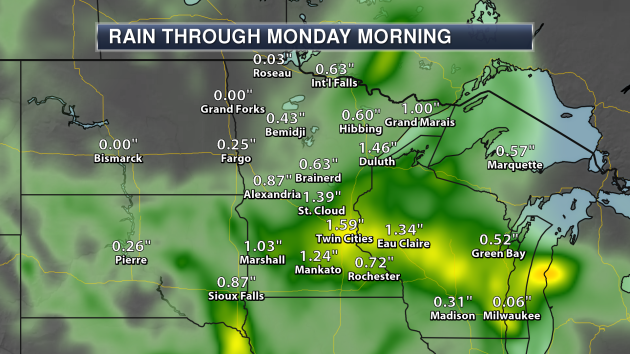
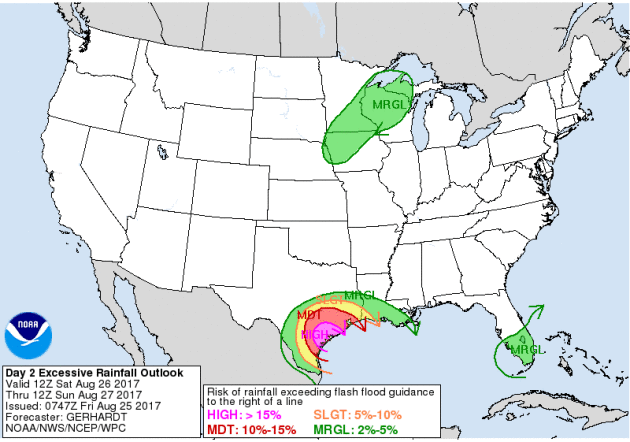
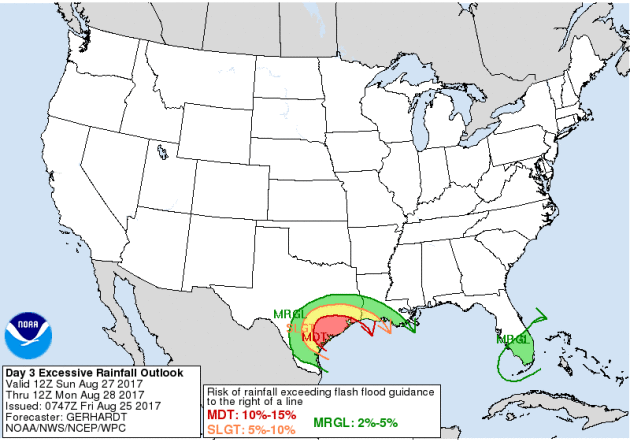
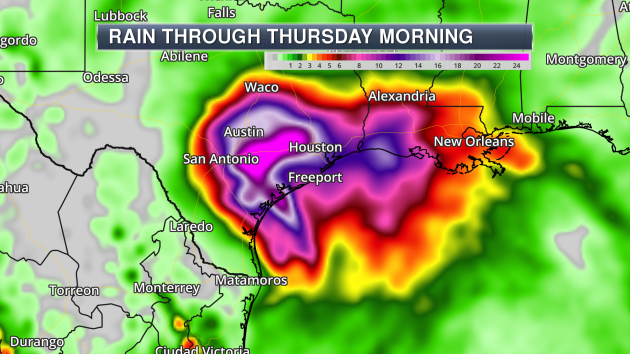
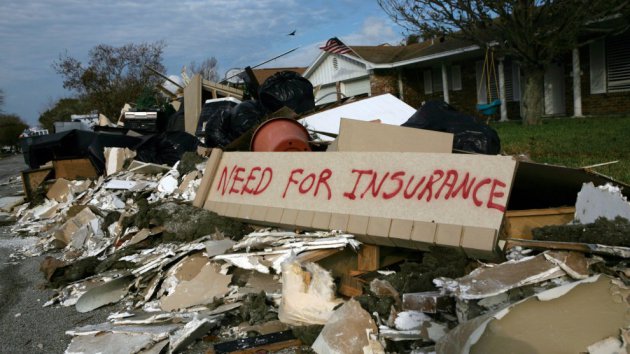
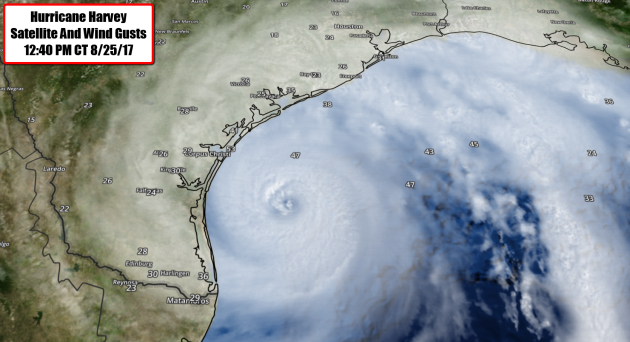 (Image: AerisWeather)
(Image: AerisWeather)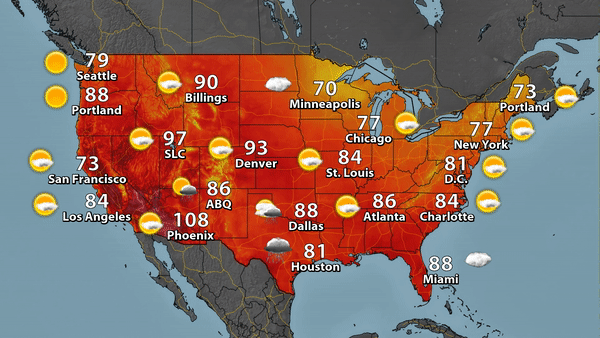
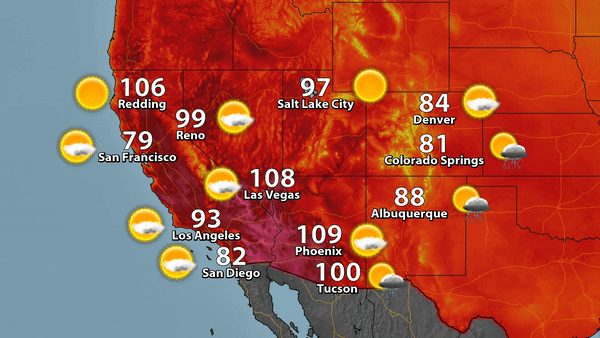
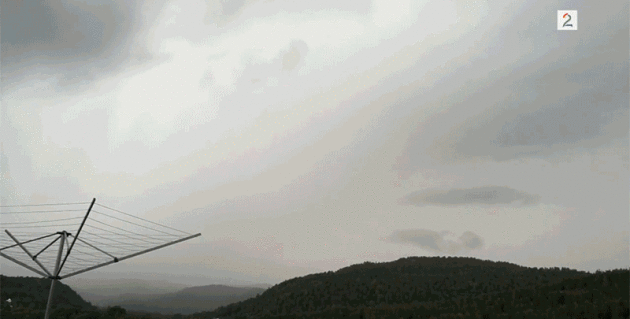


No comments:
Post a Comment